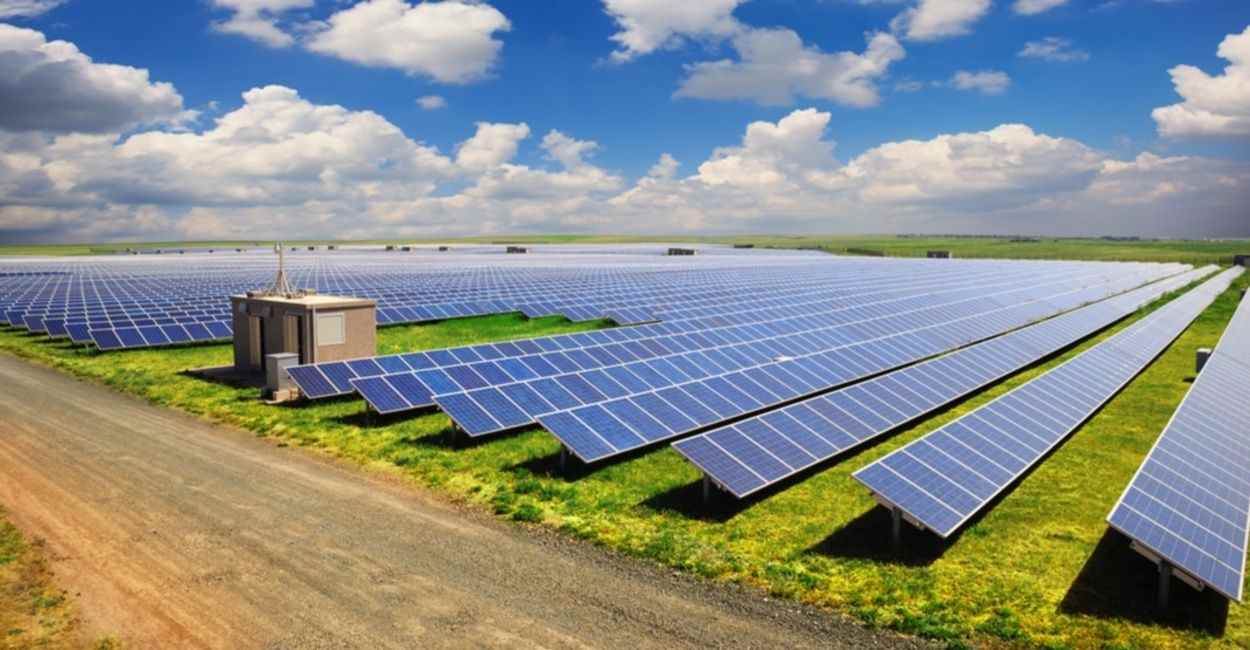In Short : Energy firms, environmental organizations, and other stakeholders have reached a consensus on the development of solar farms. This collaborative agreement signifies a unified effort to promote renewable energy projects, fostering sustainability and reducing carbon emissions. By finding common ground, these parties are facilitating the expansion of solar energy infrastructure, contributing to a greener future and advancing the global transition to clean energy sources. This collaboration demonstrates the power of cooperation in driving the renewable energy agenda and accelerating progress toward a low-carbon economy.
In Detail : The United States has more than enough sunlight and wind to keep electricity flowing to our homes and businesses and factories most hours of most days — if only we could stop fighting over where to put all the solar panels and wind turbines.
A new agreement could be the first step toward bringing some of that fighting to an end.
After nearly two years of negotiations, a coalition of solar companies, conservationists and other groups has come to terms on a set of principles — and plans for further collaboration — that could speed up the construction of badly needed renewable energy projects while also protecting wildlife habitat, preserving treasured landscapes and benefiting nearby communities.
The dozen solar developers and environmental groups that signed the deal committed to the “Three C’s”: climate, conservation and community. They said they would work together to improve large-scale solar development by limiting damage to ecosystems and prime farmland, and by spreading the wealth to nearby people and towns — all while keeping the climate crisis top of mind.
That’s easy to say and hard to do. But the first-of-its-kind agreement, unveiled late Wednesday, serves as a reminder that compromises are needed to end the combustion of fossil fuels — and that we’re capable of making those compromises.
“It took a lot of work to get these solar developers to a point of comfort, where they would in fact commit to working through these problems and putting real solutions into place,” said Dan Reicher, the Stanford University researcher and former Clinton administration official who launched and led the “Uncommon Dialogue” that produced the agreement. “No guarantees, but I think this is closer to a nationwide resolution of this very difficult obstacle to large-scale solar than anything I’ve seen.”
I’ve spent nearly a decade writing about battles between renewable-energy companies and their critics — especially in one of America’s solar hot spots, the Mojave Desert. The disputes can be fierce, the quandaries gut-wrenching: Is it worth paving over desert tortoise habitat or uprooting Joshua trees to build a solar farm that could help save those species from rising temperatures? What about a power line that will carry wind energy to California but disrupt dwindling sage grouse habitat?
The more solar we put on urban rooftops, the less we’ll need in the desert. The less electricity we use overall, the better.
But even with those types of solutions, scientists have consistently found that keeping global warming to less-than-catastrophic levels — and avoiding even deadlier heat waves, more severe droughts and stronger storms than those we’re suffering today — will require a rapid, unprecedented build-out of sprawling solar farms, massive wind turbines and long-distance electric lines.
That’s unwelcome news to local conservation groups whose members have dedicated themselves to protecting the sagebrush ecosystems, grasslands and ephemeral streams that they know and love. It’s also an affront to small-town residents who don’t want to see their favorite views obliterated, or their backyard dirt-biking trails torn up to generate electricity for faraway cities.
All of which brings us back to the deal produced by Stanford’s “Uncommon Dialogue.”
The signatories include some of the nation’s largest solar energy developers, among them EDF Renewables, Intersect Power and Invenergy. They’ve essentially acknowledged that they need to work harder to build solar farms in the least-damaging spots, and to engage with skeptical residents of nearby towns instead of trying to steamroll opposition. That’s a big deal.
The environmental groups that signed on — including the National Audubon Society, the Natural Resources Defense Council and the Theodore Roosevelt Conservation Partnership — offered their own acknowledgment: that we won’t avert the worst effects of the climate crisis unless we’re willing to accept some level of environmental damage from renewable energy facilities.
“There’s never going to be 100% agreement on 100% of projects,” said Jessica Wilkinson, a top official at the Nature Conservancy, which helped lead the negotiations. “But we want to make those projects that advance climate goals, minimize impacts to nature and maximize benefits to communities become more the norm. Let’s make it faster, easier and cheaper for those projects.”
That’s absolutely the right idea. The key question is whether we can do it fast enough.
It took 20 months for the “Uncommon Dialogue” participants to agree on high-level principles. Now they’ll begin working with one another — and most likely dozens of other companies and nonprofits — to craft specific energy development guidelines and policy recommendations through six working groups. The agreement envisions their work continuing for at least two years.
That’s a lot of time, at a moment in human history when time is painfully short. Scientists have found that keeping global temperature increases to 1.5 degrees Celsius of warming — the goal endorsed by nearly every nation at the 2015 Paris climate summit — would require cutting carbon pollution nearly in half by 2030. Instead, emissions have continued to rise.
The dangers of moving too slowly to burn less coal, oil and natural gas have become painfully clear. Earth just followed up its hottest July on record and hottest August on record with its hottest September on record — by a margin that one climate scientist called “absolutely gobsmackingly bananas.” The American West’s most important water sources are less reliable than ever.

